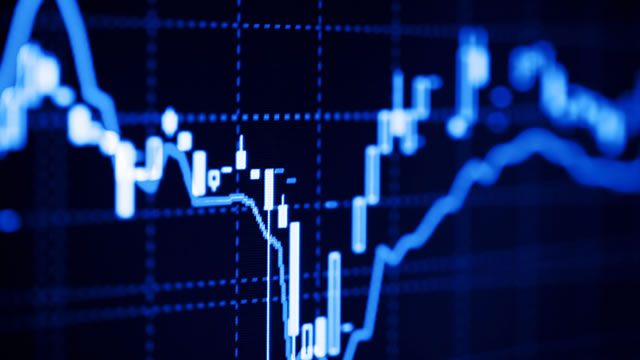The Gold Market: Bullish Trends Amidst Recent Volatility
The gold market has been a subject of great interest for investors and economists alike, as it continues to exhibit a robust, bullish trend. However, recent developments, particularly on a Friday, have introduced some volatility into the market. In this post, we’ll delve into the current state of the gold market, its underlying factors, and the potential implications for both individuals and the world.
Gold Market Overview
Gold is a precious metal that has long been considered a safe haven asset. It has a unique ability to maintain its value during times of economic uncertainty, making it an attractive option for investors seeking to protect their wealth. Over the past few years, the gold market has seen steady growth, with prices increasing from around $1,200 per ounce in late 2018 to over $1,900 per ounce in early 2021.
Factors Driving the Gold Market
Several factors have contributed to the bullish trend in the gold market. One significant factor is the ongoing global economic recovery from the COVID-19 pandemic. Central banks around the world have implemented expansive monetary policies to stimulate growth, which has led to increased money supply and inflation concerns. Gold, as a hedge against inflation, becomes more attractive in such an environment.
Another factor is the geopolitical instability and uncertainty. Tensions between major powers, such as the United States and China, have led to increased market volatility and a general sense of unease. Gold, once again, serves as a safe haven in such situations.
Recent Volatility
Despite these bullish trends, the gold market has seen some volatility, particularly on Fridays. This is due to several reasons. One reason is the traditional end-of-week profit-taking by investors. Another reason is the increased liquidity in the market due to options expirations. These factors can cause sudden price swings, creating noise in the market.
Personal Implications
For individuals, the volatility in the gold market can present both opportunities and risks. On the one hand, it can offer opportunities to buy gold at lower prices and sell at higher prices. On the other hand, it can also lead to losses if one fails to time their entries and exits correctly. As such, it’s essential to carefully consider one’s investment strategy and risk tolerance before entering the gold market.
Global Implications
The gold market’s impact on the world is significant. Countries that produce and export gold can benefit from the rising prices. Conversely, countries that import gold or use it for industrial purposes may face increased costs, which can lead to inflationary pressures.
Conclusion
In conclusion, the gold market continues to exhibit a robust, bullish trend, driven by factors such as economic recovery, geopolitical instability, and monetary policies. However, recent volatility, particularly on Fridays, can create noise in the market and present both opportunities and risks for investors. It is crucial for individuals to carefully consider their investment strategies and risk tolerances before entering the gold market. At the global level, the gold market’s impact can be felt through increased costs for gold-importing countries and potential benefits for gold-producing countries.
- Gold is a safe haven asset that has seen steady growth in recent years.
- Factors driving the gold market include economic recovery, geopolitical instability, and monetary policies.
- Volatility in the gold market, particularly on Fridays, can create opportunities and risks for investors.
- Individuals should carefully consider their investment strategies and risk tolerances before entering the gold market.
- The gold market’s impact on the world can be felt through increased costs for gold-importing countries and potential benefits for gold-producing countries.





